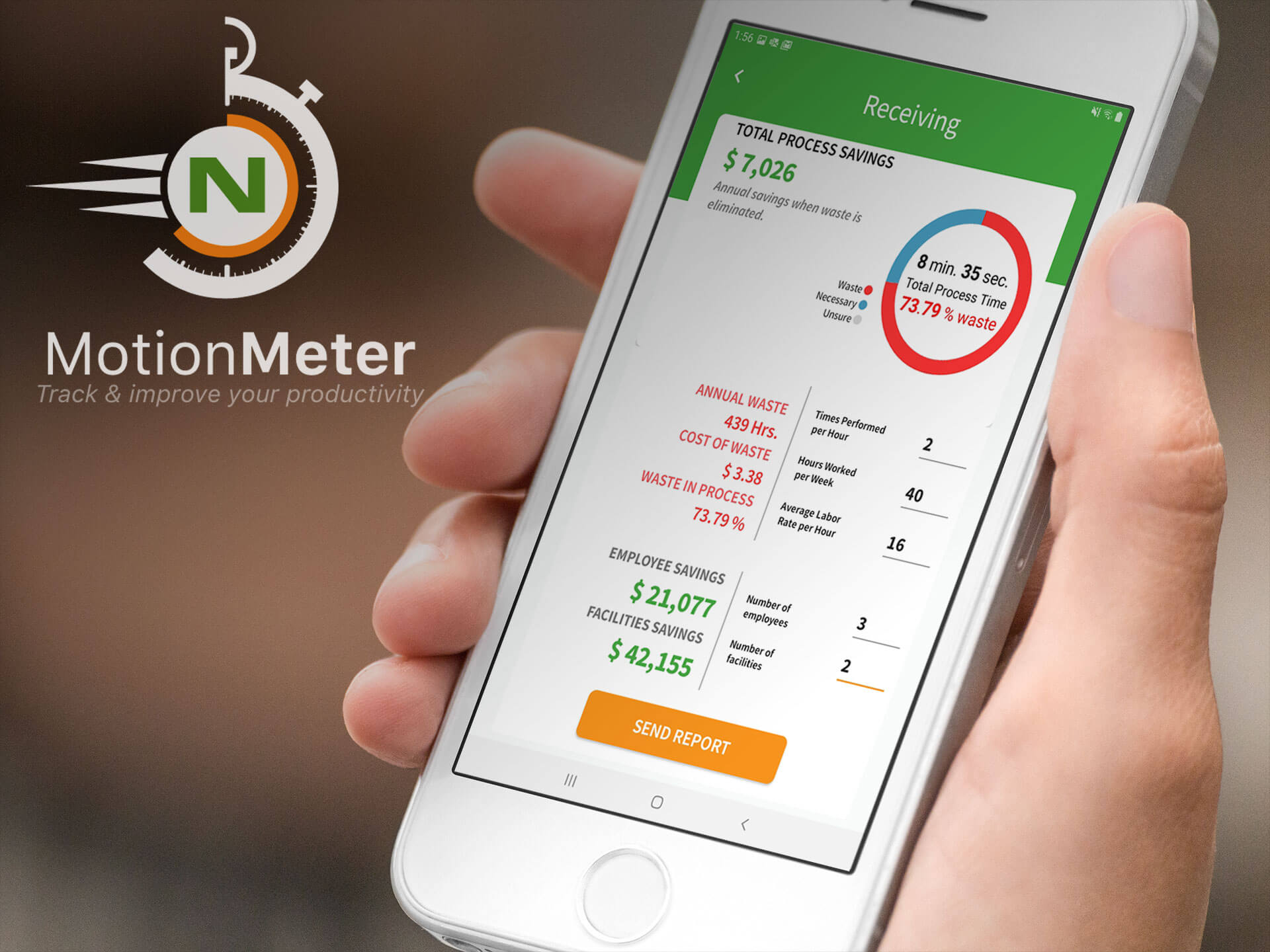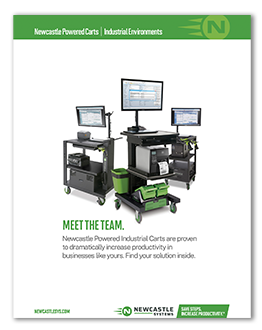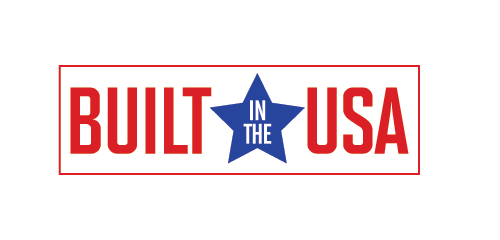
Many warehouses invest significant time and resources in improving their inventory management and order fulfillment processes. These efforts can result in lower costs, more satisfied customers, and better profitability. But ignoring the reverse logistics part of the equation can prove costly and frustrating. Here’s what reverse logistics entails, some common reverse logistics challenges, and how your business can solve them.
What is Reverse Logistics and Why Should You Care?
Reverse logistics refers to the supply chain process of bringing products back into the warehouse from end users. Customers might return items that they no longer need because they have reached the end of the product life cycle, or the product is flawed or damaged upon receipt. Items might also be returned due to recalls or simply because the customer changed their mind.
The benefits of having a well-run reverse logistics process are many. For example, you can recapture value and reduce costs by optimizing reselling, reusing, and recycling programs. You can also improve the customer experience by assisting your current customers and closely evaluating the reasons for returns. Along the same lines, your costs and customer satisfaction levels won’t be where you want them if you ignore this aspect of your business.
Common Reverse Logistics Challenges and How to Solve Them
Reverse logistics is a complex process that many businesses aren’t prepared to handle efficiently. Here are some common reverse logistics challenges and how your business can effectively solve them.
1. High Costs of Returns Management
 One of the most significant challenges facing reverse logistics is the high cost of returns management. From transportation and logistics to labor and communication to product documentation and disposal, each step in the process can impact your bottom line. These costs can add up quickly and erode profitability.
One of the most significant challenges facing reverse logistics is the high cost of returns management. From transportation and logistics to labor and communication to product documentation and disposal, each step in the process can impact your bottom line. These costs can add up quickly and erode profitability.
To mitigate these costs, businesses must focus on optimizing every process related to reverse logistics. Examples include accepting returns from customers, tracking returns, triaging returns once they enter the warehouse, and finalizing transactions. Having a defined process in place can improve efficiency, lower error rates, and reduce overall costs.
2. Handling Large Volumes of Returns
According to Shopify, the average eCommerce return rate in 2024 was 16.9%. With roughly $1.3 trillion in online sales in the U.S. alone, that’s equates to over $220 billion in returns annually. Consumers are becoming more discerning about how they spend money on things like electronics, clothing, and home goods. If something is damaged or not as described, they’re likely to take advantage of the seller’s return policy.
Having a large volume of returns coming into the warehouse can be challenging. However, your business can address this challenge using the right technology solutions and processes. For example, a warehouse management system (WMS) can be expanded to handle reverse logistics. Positioning mobile powered carts in the receiving bay will allow workers to process items as they enter the warehouse.
3. Complex Communication and Coordination
Coordinating reverse logistics across multiple parties, including customers, logistics providers, warehouses, employees, and other partners, can be another significant challenge. Inefficiency and miscommunication can result in longer return times, lost items, and higher costs.
Using RFID tags in combination with a WMS can provide better communication through real-time tracking. Customers can track their returns from start to finish, and your business can use the tracking data to better coordinate its operations, reducing errors.
4. Environmental Impact and Sustainability
 According to Sustainable Brands, about 69% of consumers claim a product’s environmental impact is an important factor in their purchasing decisions. What your company does with returned products would also be important to consumers. Unfortunately, creating a sustainable reverse logistics program can be challenging.
According to Sustainable Brands, about 69% of consumers claim a product’s environmental impact is an important factor in their purchasing decisions. What your company does with returned products would also be important to consumers. Unfortunately, creating a sustainable reverse logistics program can be challenging.
Your business can address this by focusing on green practices wherever possible. For example, returned items that aren’t in new condition can be refurbished for resale or the materials recycled. If an item must be discarded, ensure waste is properly handled to reduce overall carbon emissions.
5. Lack of Visibility and Data Management
As items move back into the supply chain, it can be challenging to track where they are in real time. RFID tags will allow your business to inject real-time visibility into this process, which can reduce costs and prevent delays.
Using advanced insights driven by AI and predictive analytics, your business can improve data accuracy and create a more orderly returns process. The information these advanced systems collect and analyze will allow you to make more informed business decisions.
6. Return Process Complexity
 Handling returns efficiently and quickly can be a critical part of your business during peak season or anytime there are other complex elements thrown in the mix. One example would be handling a massive product recall.
Handling returns efficiently and quickly can be a critical part of your business during peak season or anytime there are other complex elements thrown in the mix. One example would be handling a massive product recall.
You can reduce the complexity of these types of returns by developing standardized processes that will ensure better accuracy. Proper training of workers and the right technology solutions can also reduce the complexity of the returns process.
7. Meeting and Exceeding Customer Expectations
If your customers aren’t happy with their returns experience, they likely won’t be repeat customers. They may even tell others about their poor experience, which can impact your brand’s online reputation.
The best way to address this is by meeting and exceeding your customers’ expectations. Specifically, your business should clearly state its return policy for customers so there is no confusion. Next, make sure you are issuing refunds or product replacements exactly as you promise. Finally, offer real-time tracking so your customers stay in the loop and don’t have to follow up with you for a status.
To successfully navigate these many challenges, your business should commit to adopting a comprehensive approach to reverse logistics. This involves integrating streamlined processes, the right technology solutions, and sustainable practices. By doing this, your business can easily handle customer returns, enhance supply chain efficiency, reduce costs, create a better customer experience, and achieve better financial results.












